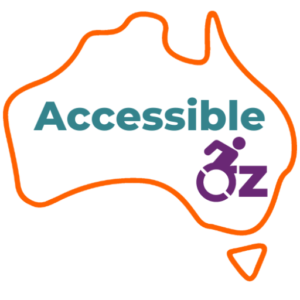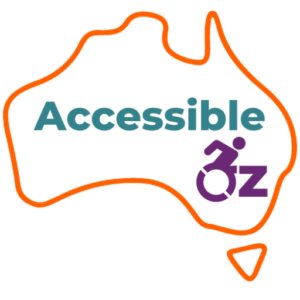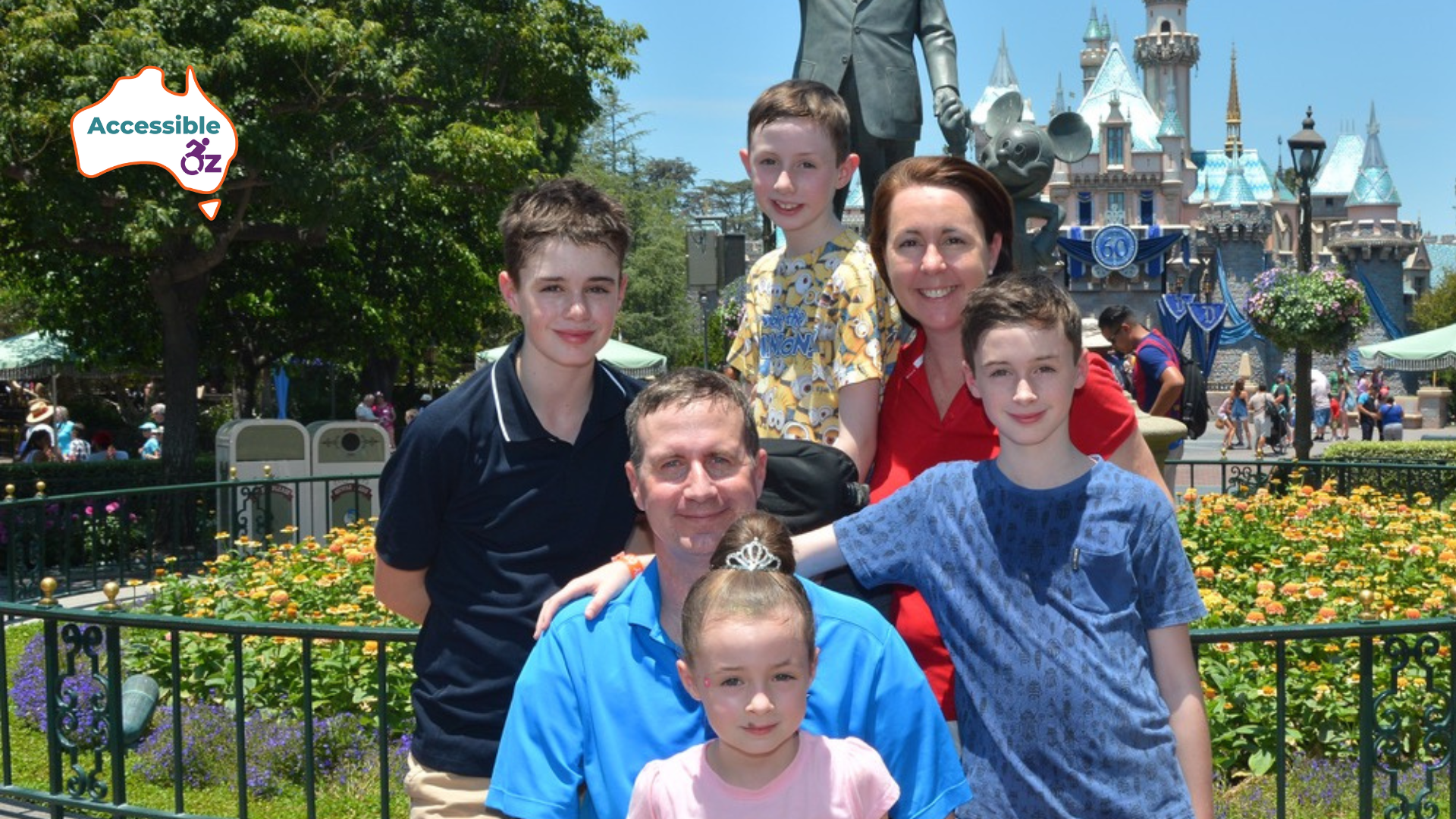Matthew Ames, a quadruple amputee, shares his insights on travelling with a disability, from overcoming initial fears to navigating complex logistics and advocating for oneself. His story highlights the importance of planning, the value of specialised assistance, and the surprising realities of accessibility both in Australia and overseas.
From Forced Travel to Finding Freedom
Following a life-changing illness in 2013, one of the first things Matthew had to do was travel regularly from Brisbane to Melbourne for surgery. This necessity pushed him to face, and ultimately overcome, his fear of travelling in his new body. Along the way, he mastered the challenges of long-haul international flights and discovered a renewed sense of confidence and ease when on the move.
Matthew’s experiences have taught him a valuable lesson: the worst-case scenario is simply turning around and going home. He operates from the perspective that if you can get to a destination, you can always get home, and everything else is a bonus. Since his disability, he has travelled extensively throughout Australia, visiting almost every state and territory, and internationally to Europe and the U.S.. He notes that he has never been unable to do something that he had planned; it just may not have been in the way he expected.
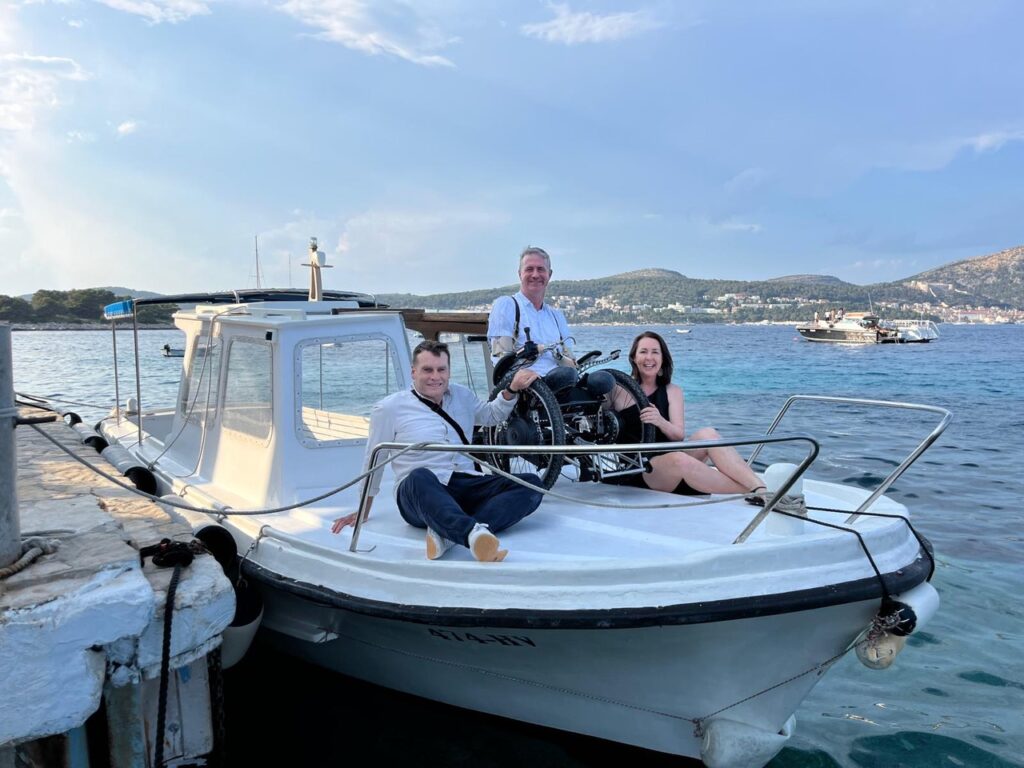
The Value of an Accessibility Expert
Planning a trip with a disability requires an immense level of detail, and Matthew, who used to handle all his travel arrangements himself, found it challenging to find a travel agent who “got it”. He now uses a specialised agency recommended by a friend. The comfort of handing over control to an expert has been a positive experience for him. The agent, Fiona, from AccessibleOZ asks and follows up on all the necessary details, such as doorway widths and bathroom circulation space, without being prompted.
Matthew emphasises that the term “wheelchair accessible” is not a one-size-fits-all concept. He recounts an experience where a hotel claiming to be accessible had a step at the entrance to the room. He also notes that an accessible room in the U.S. might come with a bathtub, which is not suitable for his needs, as he requires a roll-in shower. Having a specialised agency that understands these nuances ensures you know what you are getting.
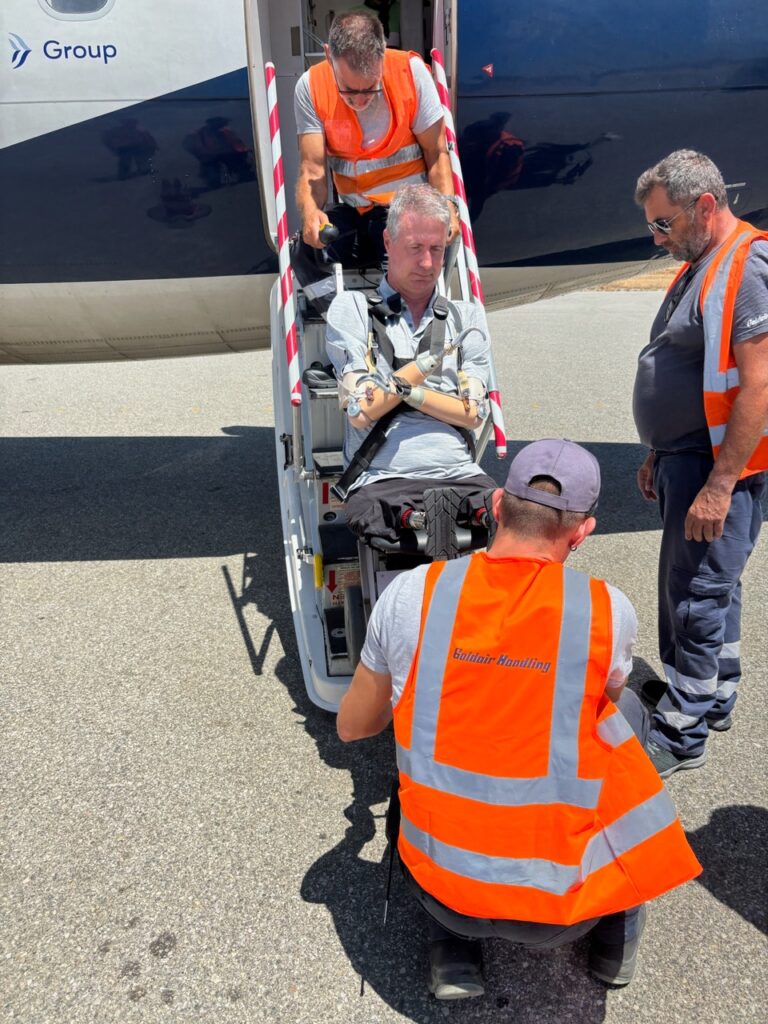
Navigating the Challenges: From Airports to Activities
Travelling with a power wheelchair presents unique challenges. Matthew has had numerous “active discussions” at airports regarding his chair’s batteries, which are often misunderstood by staff. He has learnt to advocate for himself, carrying regulations on his phone and asking to speak to supervisors to ensure he can fly.
Consistency among airlines is a major factor. Matthew praises Qantas for their reliable processes, where he can show a dangerous goods approval letter for his battery and be cleared to fly every time.
Australia is one of the better countries in the world when it comes to accessibility, with much of the local transport network designed to accommodate mobility aids, reducing the cost barrier for travellers with disabilities. Major cities offer accessible taxis, trains, buses, and ferries, making it possible to explore without the high expenses often found overseas.
That said, there are still a few logistical considerations. For example, Matthew’s 180 kg power chair – plus his own weight – cannot be transported in standard taxis or rental cars. While major Australian cities do have accessible taxis and reliable public transport, wait times can be longer, and service reliability can vary. For peace of mind and smoother travel days, Matthew recommends pre-booking private transfers, especially for tight schedules or special equipment needs. Accommodation and ground transport outside major hubs can also be more challenging, so forward planning is essential.
The most surprising part of Matthew’s travels has been the range of activities he has been able to do. He has gone quad biking, ziplining, and indoor skydiving, the first person in a wheelchair to indoor skydive at a facility on the Gold Coast, which then led them to create dedicated days for people with disabilities. Matthew notes that while Australia can be risk-averse, countries like New Zealand have a higher risk tolerance, which has allowed him to participate in activities he couldn’t do at home.
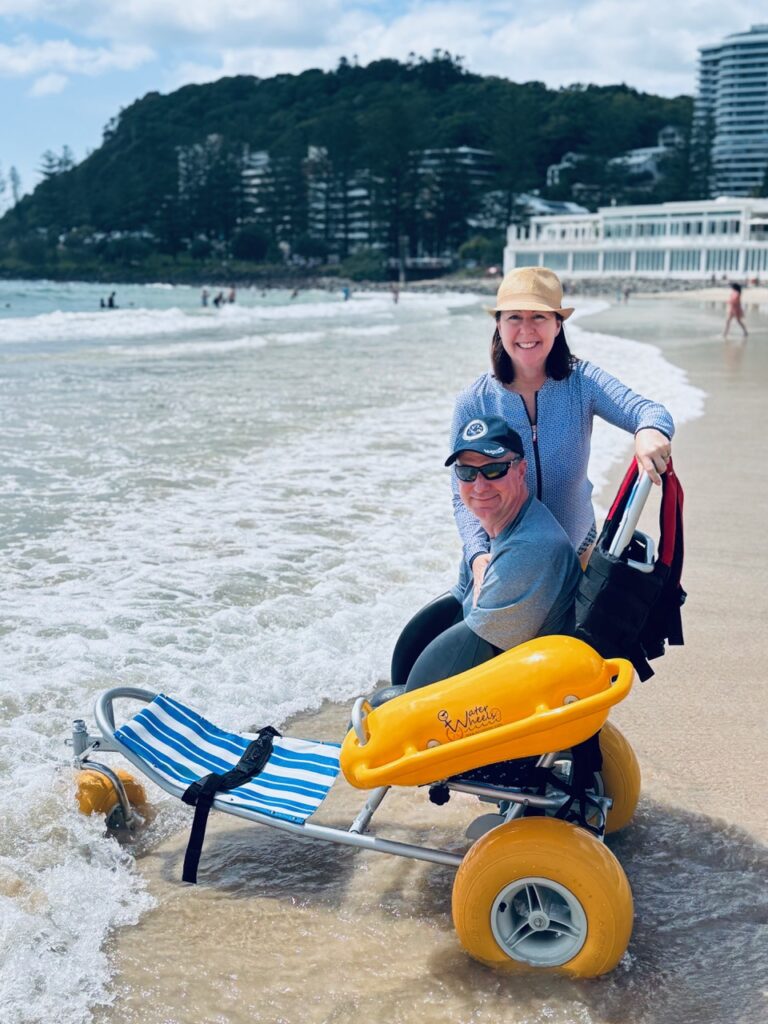
Australia as a Gold Standard
Matthew believes Australia has the potential to be a leader in accessible tourism. While older buildings may not be accessible, newer public facilities and attractions are generally compliant with legislation. He highlights that many shops and restaurants still pose a challenge due to steps or limited space.
He provides several examples of positive accessibility in Australia:
- Sydney’s Metro and ferries are excellent for wheelchair users.
- Brisbane’s Story Bridge climb is now accessible.
- Quicksilver, a Great Barrier Reef tour operator, has a lift chair to get people into the water.
- Accessible beach systems, like those at Burleigh Beach and in Greece, are a model for what could be.
For first-time travellers or those who haven’t travelled since their injury, Matthew’s advice is to have multiple plans and backups. He emphasises the importance of a positive attitude, knowing your critical failure points, and having a plan B, which can be as simple as knowing where to hire a manual wheelchair.
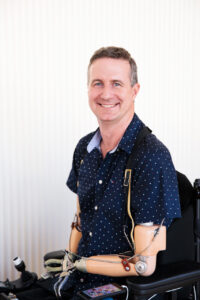
Meet Matthew
Matthew Ames is an Australian quadruple amputee, inspirational speaker, and advocate for resilience and inclusion. In 2012, at age 39, he contracted a severe bacterial infection (streptococcal) that led to sepsis and toxic shock syndrome. To save his life, doctors amputated both arms and both legs. Since then, Matthew has shared his journey of recovery, adaptation, and positivity through keynote speaking, mentoring, and advocacy work. He focuses on themes like overcoming adversity, leadership, and creating inclusive communities. He often speaks about the power of perspective, teamwork, and determination.
